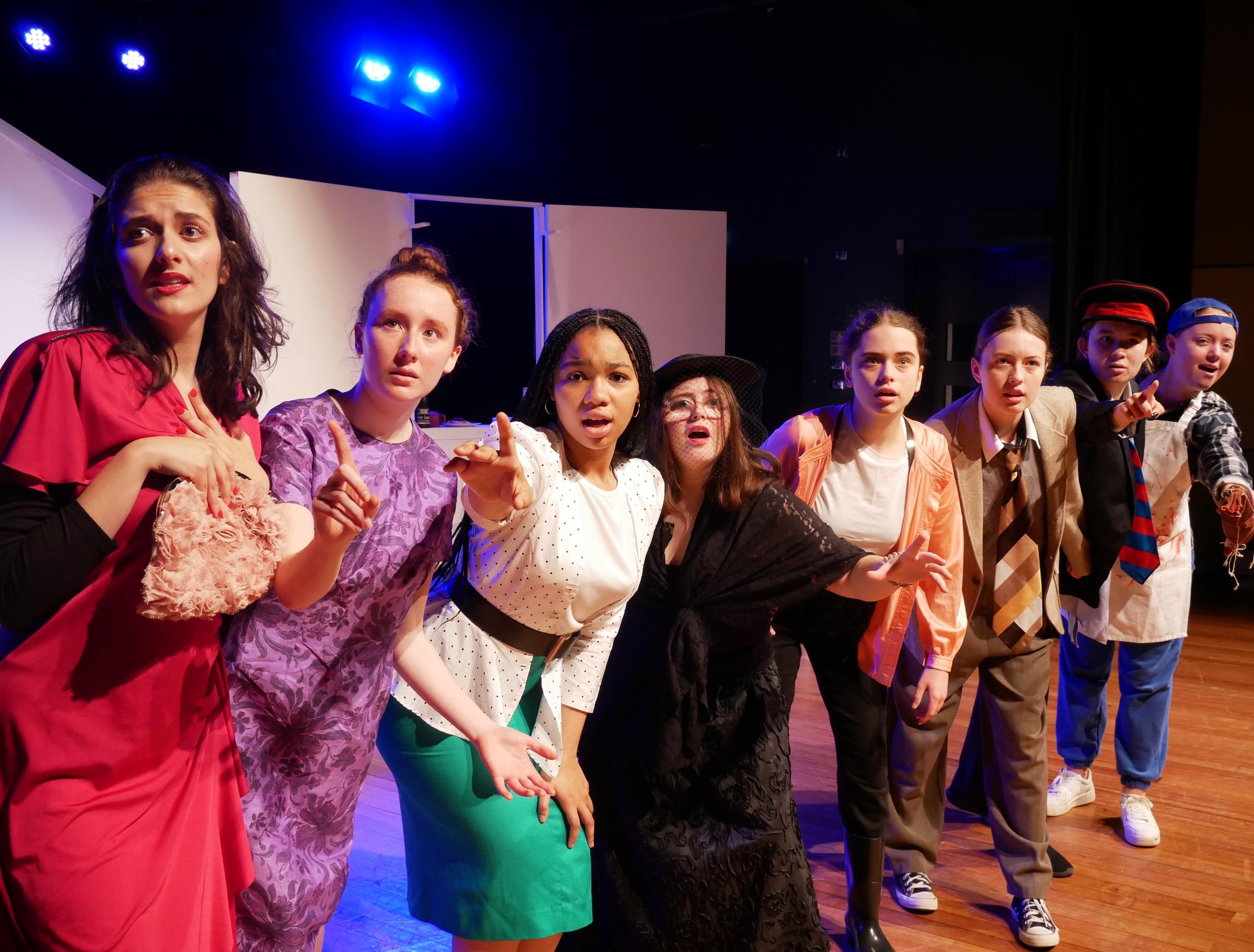Theatre Studies

Unit 1: History of theatre styles and conventions pre-1945
This unit focuses on the application of acting, direction and design in relation to theatre styles and their conventions pre-1945. Students work in production roles with scripts from specific periods.They study innovations in theatre production through the styles they explore and apply this knowledge to their interpretations of works. Students begin to develop skills of performance analysis and apply these to the analysis of a play in performance
On completion of this Unit, students should be able to:
- Apply production roles (actor, director, designer) to scripts.
- Apply elements of theatre composition to realise theatrical possibilities within a script.
- Apply safe, ethical, inclusive and sustainable (where possible, environmentally sustainable) working practices in theatre production.
- Interpret scripts.
- Apply theatre terminology.
Unit 2: Contemporary theatre styles and movements
This unit focuses on the application of acting, direction and design in relation to contemporary theatre practice from 1945 to the present day. Students work in production roles to interpret scripts. They study developments and innovations in theatre and apply this knowledge to their own work.
On completion of this unit students should be able to:
- Develop interpretations of scripts from contemporary theatre styles or a movement from 1945 to the present day.
- Work collaboratively to develop an interpretation.
- Document ideas that have contributed to the planning and development of the interpretation.
- Apply safe, ethical, inclusive and sustainable (where possible, environmentally sustainable) working practices in theatre.
- Analyse and evaluate a theatre production.
- Analyse ways in which acting, direction and design are used to interpret the selected theatre styles evident in a production.
Unit 3: Producing theatre
This unit focuses on an interpretation of a playscript through the four designated stages of production: planning, production development, production season, and production evaluation. Students also attend a performance selected from the prescribed Theatre Studies Unit 3 Playlist published annually in the VCAA Bulletin, and analyse and evaluate the interpretation of the playscript in the performance.
On completion of this unit the student should be able to:
- Apply stagecraft to interpret a playscript for performance to an audience and demonstrate understanding of the stages of the production process.
- Analyse the use of stagecraft in the development of a playscript for production, incorporating the specifications appropriate for each stage of the production process.
- Analyse and evaluate ways in which a written script has been interpreted creatively and imaginatively.
Unit 4: Presenting an interpretation
In this unit students study a scene and associated monologue from the Theatre Studies Performance Examination, and develop a theatrical brief that includes the creation of a character by an actor, stagecraft possibilities, and appropriate research.
On completion of this unit the student should be able to:
- Perform an interpretation of a monologue from a playscript.
- Develop a theatrical brief that presents an interpretation of a scene.
- Analyse and evaluate acting in a production from the prescribed playlist.
